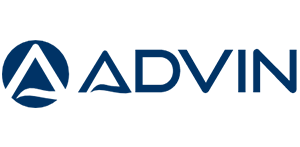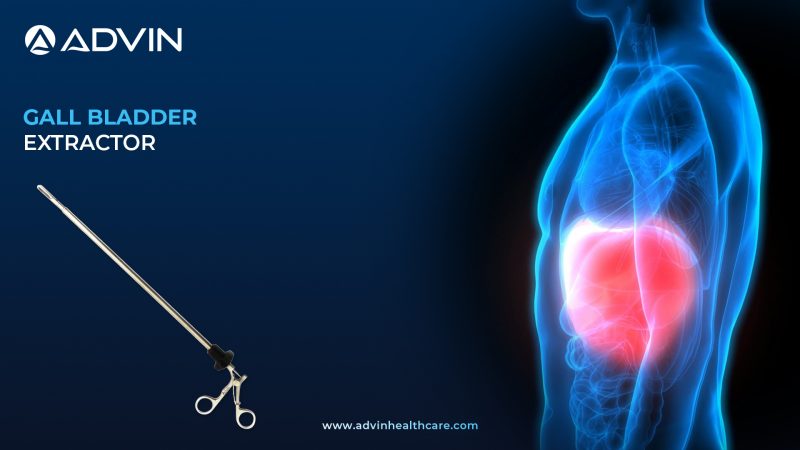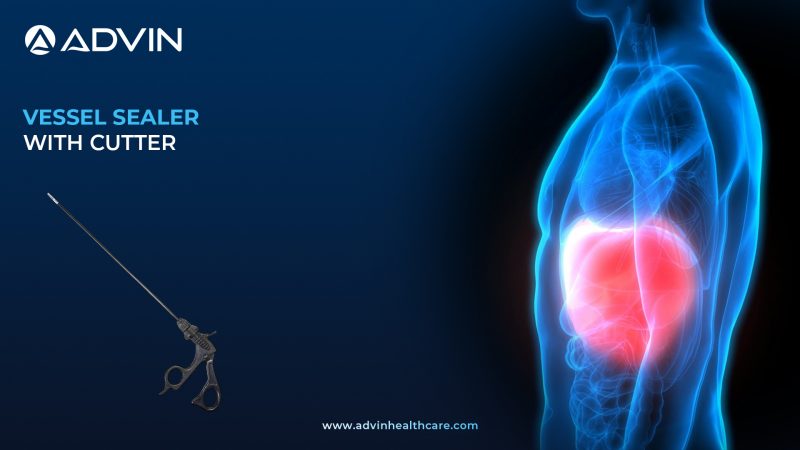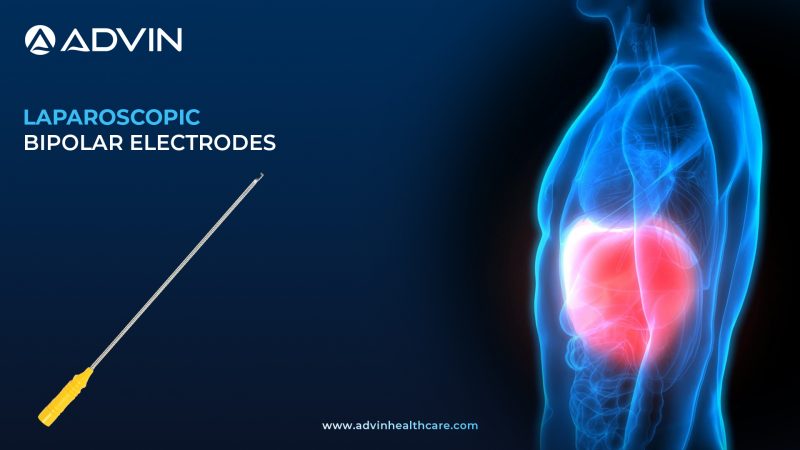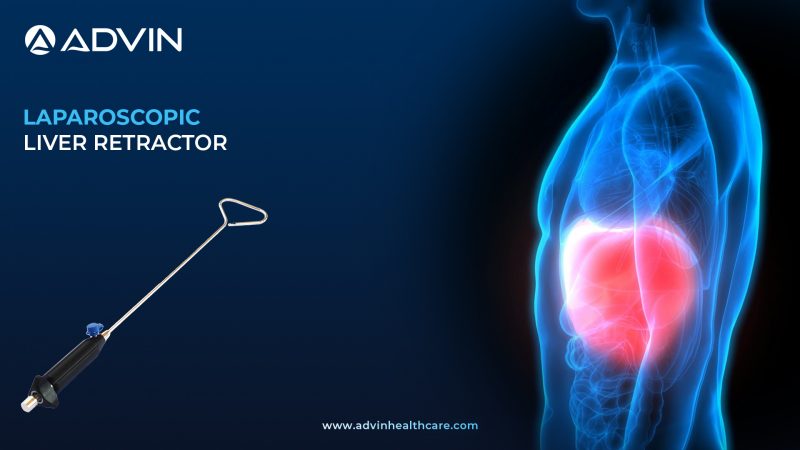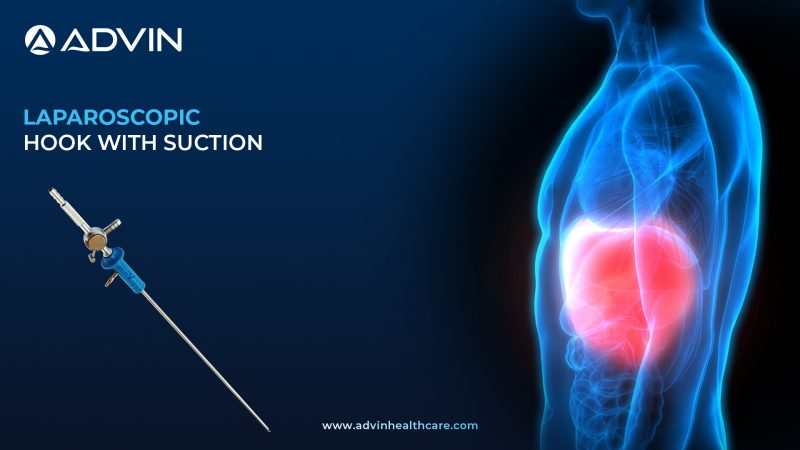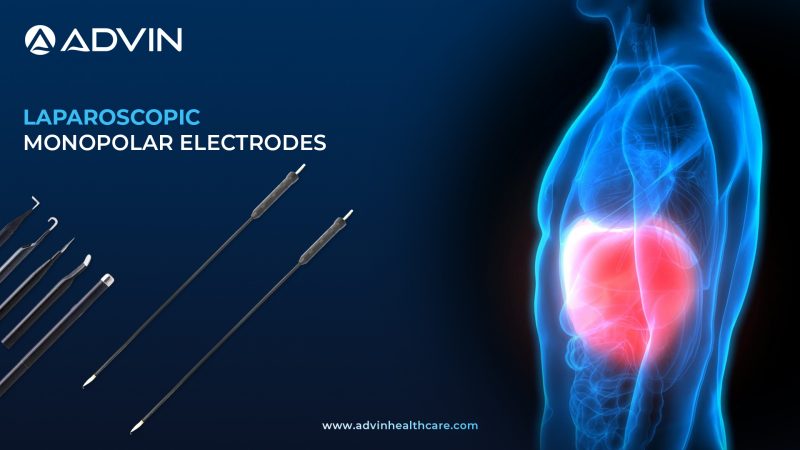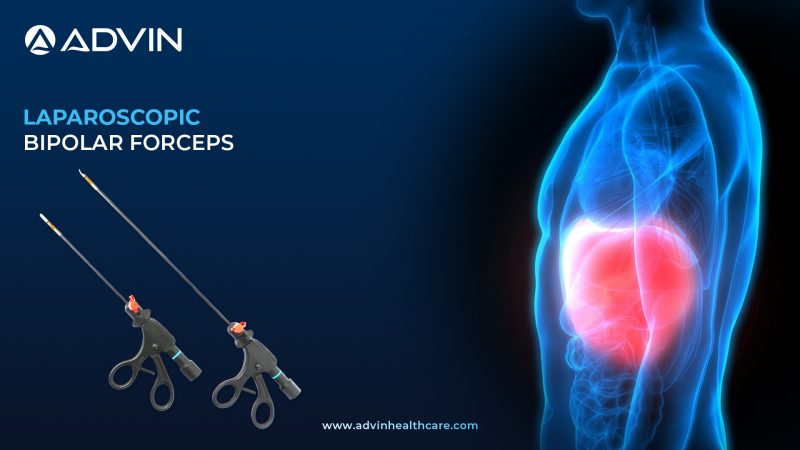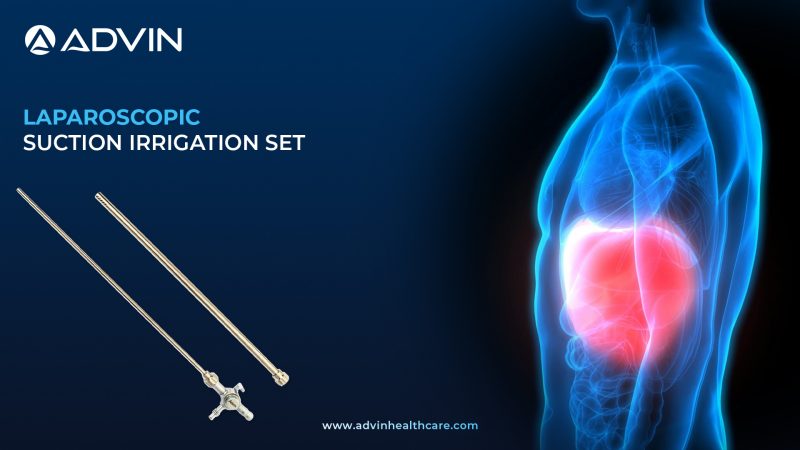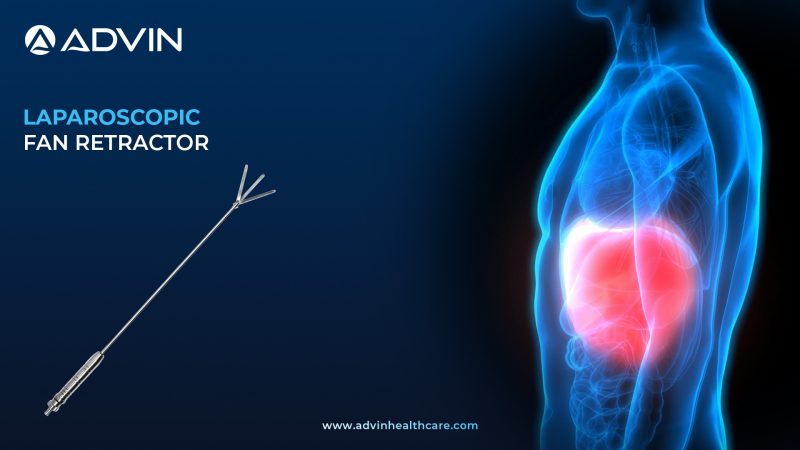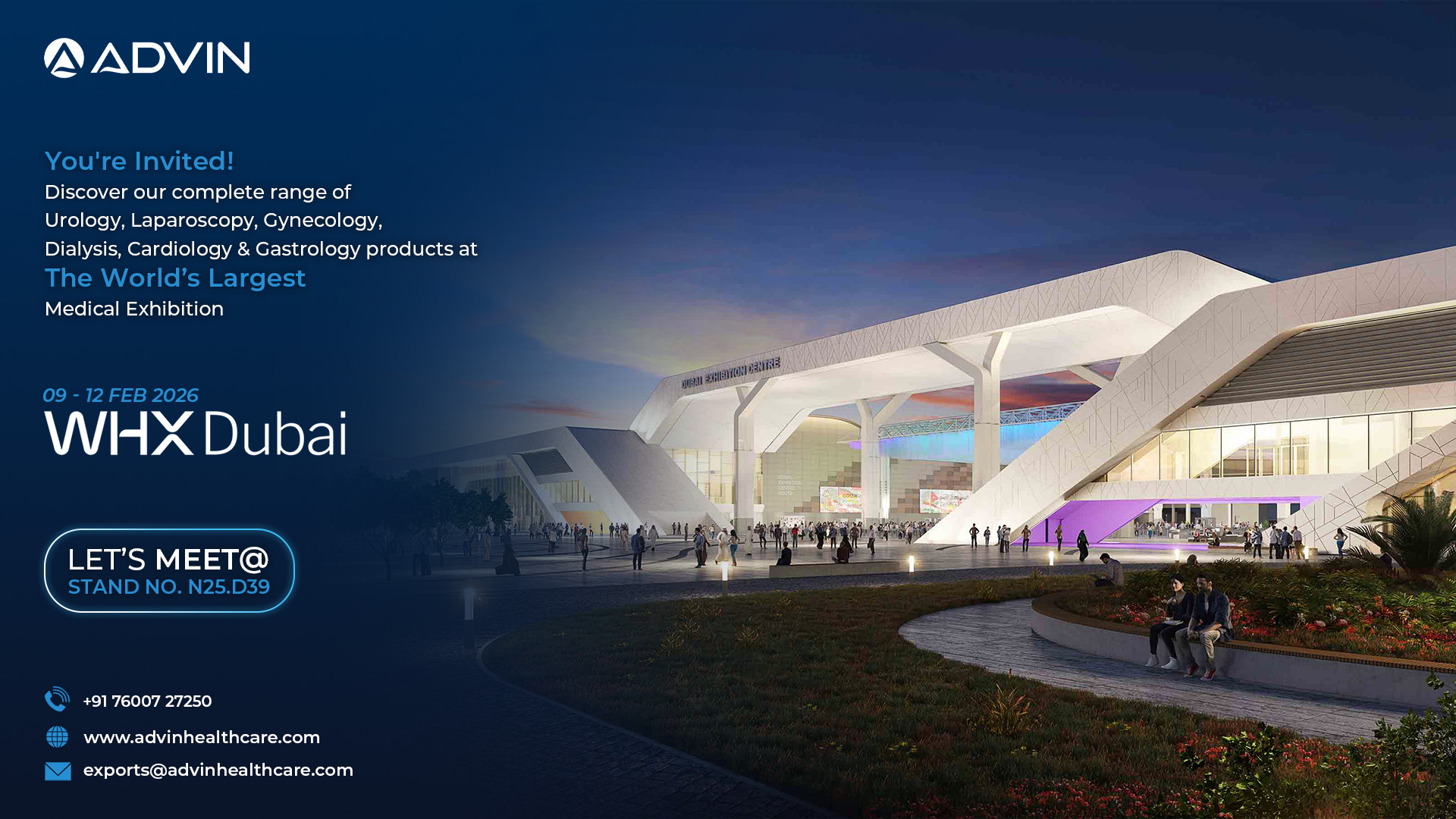Introduction to Laparoscopic Gallbladder Extractor – Safe and Efficient Specimen Removal in MIS
A Laparoscopic Gallbladder Extractor is a specialized instrument used to safely remove the gallbladder or tissue specimens during minimally invasive surgery. It helps surgeons extract the organ through a small port without causing contamination or tissue damage. This extractor ensures clean, controlled removal during laparoscopic cholecystectomy procedures.
Development and Evolution – Advancements in Gallbladder Extraction Instruments
Early laparoscopic surgeries used simple grasping tools, which sometimes caused tearing or spillage during organ removal. To solve this, dedicated extractors were developed for safe and controlled gallbladder retrieval. Over time, improvements such as stronger jaws, better grip design, and smoother mechanisms enhanced efficiency. Today, gallbladder extractors are standard tools in laparoscopic cholecystectomy worldwide.
Design, Mechanism & Function of Laparoscopic Gallbladder Extractors
Advin Health Care offers a high-quality Laparoscopic Gallbladder Extractor designed for reliable specimen retrieval during laparoscopic surgeries. Its strong grip and smooth mechanism allow safe extraction without damaging surrounding tissues. Advin Health Care ensures durable construction and surgeon-friendly ergonomics. The extractor minimizes contamination risks by securely holding the gallbladder during removal. It is a preferred tool for clean and efficient laparoscopic cholecystectomy.
Clinical Applications – Use in Laparoscopic Cholecystectomy and Other Abdominal Surgeries
- Laparoscopic Cholecystectomy
- Laparoscopic Bile Duct Surgeries
- Laparoscopic Hepatobiliary Procedures
- Laparoscopic Specimen Retrieval Procedures
How to Use the Laparoscopic Gallbladder Extractor – Step-by-Step Technique for Safe Removal
- Ensure the extractor is connected to the correct laparoscopic port size.
- Insert the instrument gently into the abdominal cavity.
- Grasp the gallbladder or specimen securely with the extractor jaws.
- Carefully withdraw the instrument while maintaining a firm hold.
- Remove the specimen through the port and inspect before disposal.
- Clean and sterilize as per standard operating room protocol.
Global Adoption – Top 10 Countries Using Advanced Gallbladder Extractors in Minimally Invasive Surgery
- United States
- India
- China
- Germany
- Japan
- United Kingdom
- Italy
- France
- Brazil
- South Korea
Also Known As – Laparoscopic Specimen Retriever / Gallbladder Retrieval Bag
Gallbladder Retrieval Forceps, Laparoscopic Specimen Extractor, Cholecystectomy Gallbladder Extractor, Laparoscopic Organ Extractor, Gallbladder Grasping Extractor
Advin Laparoscopic Gallbladder Extractor – Product Features, Design Highlights & Technical Specifications
- Precision Instrument for Safe Gallbladder Removal in Minimally Invasive Surgery
- Advin Health Care is a leading manufacturer of Laparoscopic Gallbladder Extractor, offering durable, precise, and surgeon-friendly instruments for safe gallbladder retrieval during laparoscopic procedures.
- Advin Gall Bladder Extractor is designed for the efficient and safe extraction of the gallbladder during laparoscopic procedures. Also known as Claw Forceps, it enables surgeons to minimize surgical trauma while maintaining precise control.
Advanced Features
- Durable and autoclavable for repeated use
- Made from high-quality stainless steel
- Rotatable handle design for easy maneuvering
- Ergonomic and easy to use
- Corrosion-resistant for long-lasting performance
Get Connected:
+91-70717 27261 | urology@advinhealthcare.com | www.advinhealthcare.com
